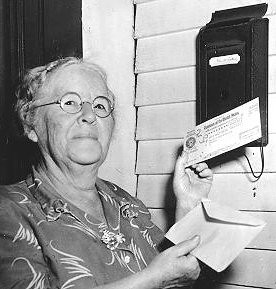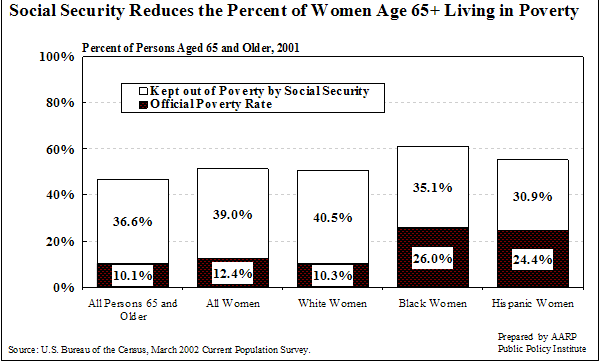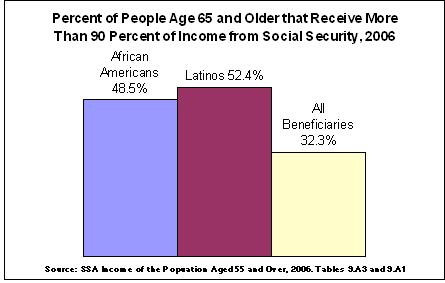This is the second installment in our Social Security Works series. The first post focused on how Social Security works for America, and today we will show how Social Security works for women.

Since January 31, 1940, when Ida May Fuller was issued the first monthly retirement check in the amount of $22.54, Social Security has worked for women.
Social Security is neutral with respect to gender – individuals with identical earnings histories are treated the same in terms of benefits. But, with longer life expectancies than men, elderly women tend to live more years in retirement and have a greater chance of exhausting other sources of income.
• Women represent 57 percent of all Social Security beneficiaries age 62 and older and approximately 69 percent of beneficiaries age 85 and older
• Women reaching age 65 in 2007 are expected to live, on average, an additional 19.8 years compared with 17.5 years for men
In 2008, Social Security provided benefits to 31.3 million women. Women are:
• Over two-fifths of the beneficiaries of disabled worker benefits
• 99 percent of the spouses receiving Social Security benefits
• 99 percent of the nondisabled surviving beneficiaries
• 98 percent of the dually entitled, that is, persons entitled to benefits as retired workers and as spouses
Women are more likely than men to be out of the work force, or to have breaks in employment. Even with the narrowing gender gap in the rates of labor force participation, women often leave temporarily or permanently for pregnancy, child care, and other family care responsibilities.
As an insurance protection for older women, Social Security provides a modest benefit. Old-age insurance in 2006 supplied such a measure for women through an average monthly benefit of $904.
This bare-bones floor of protection provides elderly women, in Roosevelt’s words, “security against the inevitable hazards and vicissitudes of life.”

The poverty rate for women would be significantly higher without Social Security, increasing from 12.4 percent to over 50 percent.
• In 2007, Social Security kept 39.5 percent of women out of poverty
• In 2005, 42 percent of women over age 62 relied on Social Security for 90 percent or more of their income, compared to 28 percent of men
• In 2007, for unmarried women – including widows – age 65 and older, Social Security comprises 48 percent of their total income. In contrast, Social Security benefits comprise only 37 percent of unmarried elderly men’s income and only 30 percent of elderly couples’ income
Social Security works for women; Social Security works for America.
This blog series is a joint project of America’s Future and Social Security Works.
Also posted at OurFuture.org and The Seminal



